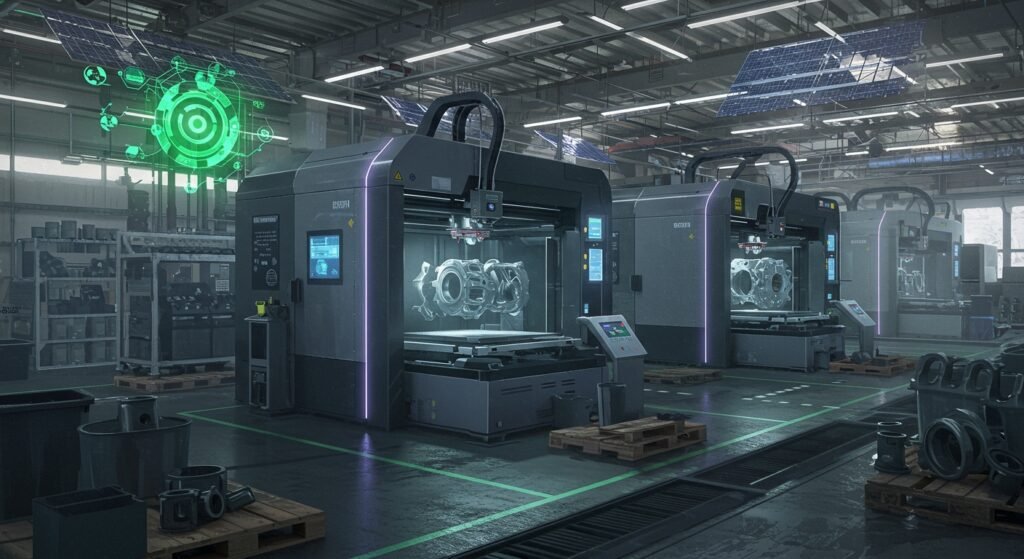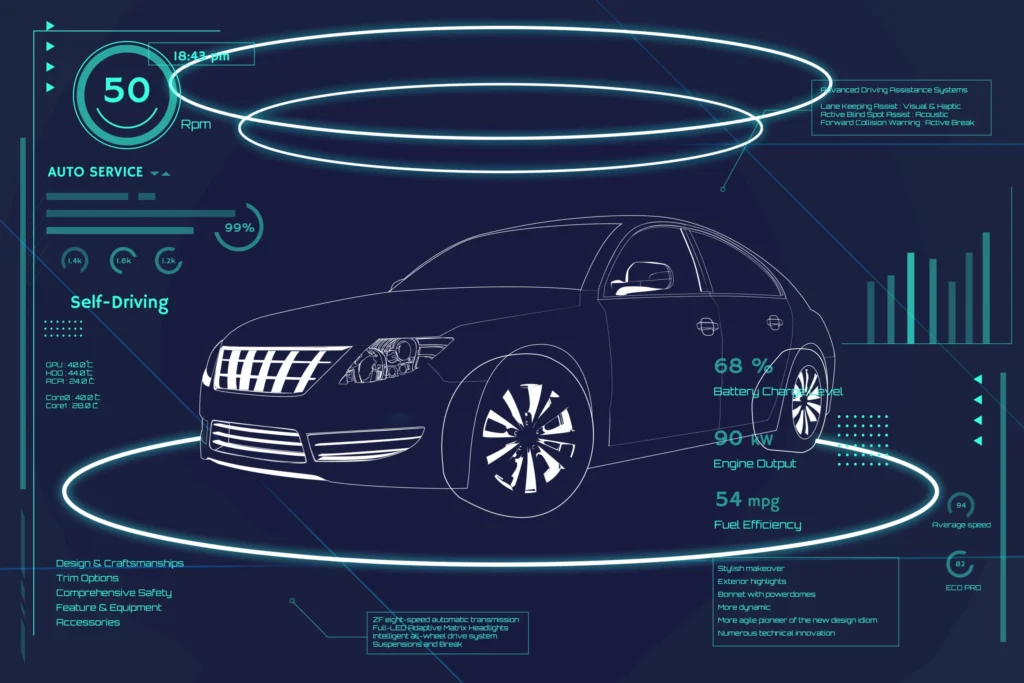How 3D Printing Supports Green Manufacturing and Waste Reduction
In an era demanding greater environmental responsibility, traditional manufacturing processes often come under scrutiny for their significant material waste and energy consumption. As industries globally strive for more sustainable practices, a revolutionary technology offers a compelling solution: additive manufacturing. Also known as 3D printing, this innovative approach is not just transforming product development but is fundamentally reshaping how we approach green production and waste reduction, paving the way for a more eco-friendly industrial future. This article delves into the profound ways 3D printing contributes to a greener planet by optimizing resource use, minimizing waste, and fostering sustainable design from conception to creation.
Table of Contents
- The Core Principles of Green Manufacturing
- Design for Sustainability: A New Paradigm
- Waste Reduction Strategies through 3D Printing
- Challenges and the Future Outlook
The Core Principles of Green Manufacturing
Green manufacturing is centered around the idea of producing goods using processes that minimize negative environmental impacts, conserve energy and natural resources, and are safe for employees, communities, and consumers. Traditional manufacturing methods, such as subtractive manufacturing (machining, cutting), often generate a significant amount of scrap material, sometimes as much as 90% of the raw input. This inherent inefficiency is a major environmental concern.
Minimizing Material Waste with Additive Manufacturing
One of the most significant advantages of additive manufacturing in the context of sustainability is its ability to create objects layer by layer, directly from a digital design. This “add-on” rather than “cut-away” approach drastically reduces material waste. Unlike traditional methods where material is removed from a larger block, 3D printing only uses the material necessary to form the final product, leading to waste reductions of up to 70-90% for complex parts. This precise material deposition translates directly into lower raw material consumption and reduced waste disposal costs and environmental burdens.
Energy Efficiency in 3D Printing
While some 3D printing processes can be energy-intensive, advancements are continually improving efficiency. The overall energy footprint can often be lower than traditional methods when considering the entire product lifecycle. For instance, creating lighter components through 3D printing (discussed below) can lead to significant energy savings during transportation and operation in applications like aerospace and automotive industries. Furthermore, the ability to print parts on-demand reduces the need for large inventories, which in turn saves energy associated with storage and warehousing.
Design for Sustainability: A New Paradigm
Beyond material and energy savings during production, 3D printing empowers designers to rethink product creation from a sustainability perspective.
Lightweighting and Optimized Geometries
3D printing excels at producing complex, intricate geometries that are impossible or cost-prohibitive with traditional methods. This capability allows for “lightweighting” – designing parts with optimal strength using less material. By creating internal lattice structures or hollow components, engineers can significantly reduce the weight of parts without compromising performance. For industries like aerospace, lighter components mean reduced fuel consumption and lower emissions over the product’s operational lifespan, leading to immense environmental benefits.
Localized Production and Supply Chain Optimization
The flexibility of 3D printing enables localized production. Instead of manufacturing components in one central factory and shipping them globally, parts can be printed closer to the point of use. This drastically shortens supply chains, reducing transportation emissions and energy consumption. It also allows for rapid, on-demand manufacturing, minimizing the need for large buffer stocks and preventing overproduction, which is a common source of waste in conventional supply chains.
Waste Reduction Strategies through 3D Printing
The impact of 3D printing extends directly to specific waste reduction strategies, offering tangible environmental advantages.
Recycling and Reusing Materials
The additive manufacturing industry is increasingly focusing on developing sustainable filaments and powders. Many plastics used in 3D printing are now recyclable, and efforts are underway to create closed-loop systems where waste prints or support materials can be reprocessed into new printing material. Furthermore, some processes utilize bio-based or recycled materials from the outset, pushing the boundaries of circular economy principles. For example, some companies are experimenting with filaments made from recycled PET bottles or wood composites. For more insights into sustainable manufacturing, you might find this external resource helpful: EPA Sustainable Manufacturing.
On-Demand Production
One of the most direct ways 3D printing reduces waste is through its support for on-demand or just-in-time manufacturing. This means producing items only when they are needed, in the exact quantities required. This approach dramatically reduces overproduction, a major contributor to waste in traditional manufacturing, where entire batches of unsold or obsolete products often end up in landfills. It also facilitates the production of spare parts, extending the lifespan of existing products and reducing the need for premature replacements. Consider exploring our article on the future of manufacturing for related insights.
| Aspect | Traditional Manufacturing | Additive Manufacturing |
|---|---|---|
| Material Waste | High (up to 90% for some processes) | Low (typically 5-10%) |
| Energy Use (Production) | Often high, especially for complex tooling | Process-dependent, but improving; lower overall lifecycle energy for lightweight parts |
| Supply Chain | Long, global, high transport emissions | Shorter, localized, reduced transport emissions |
| Design Flexibility | Limited by tooling and process constraints | High; enables complex, optimized geometries |
| Inventory Needs | High, leads to overproduction/obsolescence | Low; supports on-demand production |
Challenges and the Future Outlook
While the environmental benefits of additive manufacturing are clear, challenges remain. The energy consumption of some industrial 3D printers, the post-processing requirements for certain materials, and the recyclability of composite 3D printed objects are areas for ongoing research and development. However, the trajectory is overwhelmingly positive. As material science advances, as printers become more efficient, and as industries fully embrace design-for-additive-manufacturing principles, the role of 3D printing in a circular economy will only grow. It is not just a technology for making things; it is a catalyst for a cleaner, more resource-efficient industrial future.
In conclusion, additive manufacturing stands as a beacon of innovation for green production. By drastically cutting down material waste, enabling lightweight designs, optimizing supply chains through localized production, and fostering a culture of on-demand manufacturing and material recycling, 3D printing offers a powerful toolkit for industries committed to reducing their environmental footprint. Its impact on waste reduction and sustainable practices is undeniable, marking it as a critical technology for achieving a truly green industrial revolution.


